The design industry is always looking for new ways to push the envelope and stay ahead of the curve. The arrival of virtual reality (VR) and augmented reality (AR) has presented a new opportunity for designers to create immersive experiences that can take architecture to new heights. VR and AR technology can be used to create realistic simulations of proposed buildings or structures. This can help architects and engineers to visualize how a project will look and function before it is built.
Designing in the Metaverse What is it and why does it matter for architects?
What is the Metaverse?
The Metaverse is a term coined by Neal Stephenson in his science fiction novel Snow Crash, to describe a future version of the Internet where people can interact with each other and virtual reality (VR in a D environment It’s been described as “a shared, online multiverse that includes both real and virtual worlds”
Why does it matter for architects?
As our world becomes increasingly digitized, architects are turning to VR and AR to create more immersive experiences for their clients By designing in the Metaverse, architects can push the boundaries of what’s possible in terms of design and construction Additionally, designing in the Metaverse can help reduce project costs by allowing clients to experience a space before it’s built
How VR & AR can bring the design to new heights
By leveraging VR and AR technology, architects can create more realistic and interactive designs for their clients For example, using VR, an architect could take a client on a virtual walk-through of their proposed building Which would allow the client to get a feel for the space without having to step foot on the construction site Similarly, by using AR, an architect could overlay their design onto an existing space so that the client can see how it would look in reality
Designing in the Metaverse is revolutionizing how architects work by giving them new tools to create more immersive experiences for their clients With VR and AR technology, architects can take their clients on virtual walk-throughs of proposed buildings or even overlap their designs onto existing spaces!
The Benefits of Using Virtual Reality & Augmented Reality in Architecture
The Metaverse is a term used to describe the virtual world created by humans It is a simulated environment where people can interact with each other and computer-generated characters VR and AR technology can be used to create immersive experiences in the Metaverse
Designing in the Metaverse can bring the design to new heights With VR and AR, architects can create simulations of their designs that allow clients to experience them in an interactive way Which can give architects a competitive edge when it comes to winning projects
VR and AR can also help architects to visualize their designs in a more realistic way This helps to identify potential problems with the design before it is built By using VR and AR, architects can create a better user experience for their clients
Which is better for architecture VR or AR?
There is no doubt that we are living in a digital age We are constantly interacting with technology on a daily basis, whether it be through our smartphones, laptops or even smart watches We have become so accustomed to this way of life that it’s difficult to imagine a world without it So what does the future hold for us? How will technology continue to evolve and how will it impact the way we live, work and play?
One area that is currently being transformed by technology is the world of design In particular, two technologies that are having a major impact on the design industry are virtual reality (VR and augmented reality (AR So which one is better for architecture VR or AR? Let’s take a closer look at each one to see how they can bring the design to new heights
Virtual reality offers designers a completely immersive experience They are able to enter into their own virtual world and explore it in any way they want This freedom allows them to experiment with different ideas and create designs that would not be possible in the real world VR also allows architects to walk through their designs and get a feel for how they would look and function in real life This can be an invaluable tool for making sure that a design meets all the necessary requirements before it is built
Augmented reality, on the other hand, overlays digital information onto the real world This can be used in a number of ways, such as providing instant feedback on changes made to a design or helping construction workers visualize where they need to place certain building materials AR can also be used by architects to view their designs in context within the existing landscape This can help them gain a better understanding of how their creation will fit into its surroundings and identify any potential problems beforehand
So which is better for architecture VR or AR? The answer may depend on what stage of the design process you’re at and what specific needs you have but, overall, both technologies have huge potential when it comes to transforming the field of architecture
We can see that metaverse design is a powerful tool that can be used to bring architecture to new heights With the help of VR and AR, designers can create amazing and realistic designs that can be used in the real world


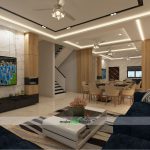



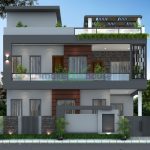
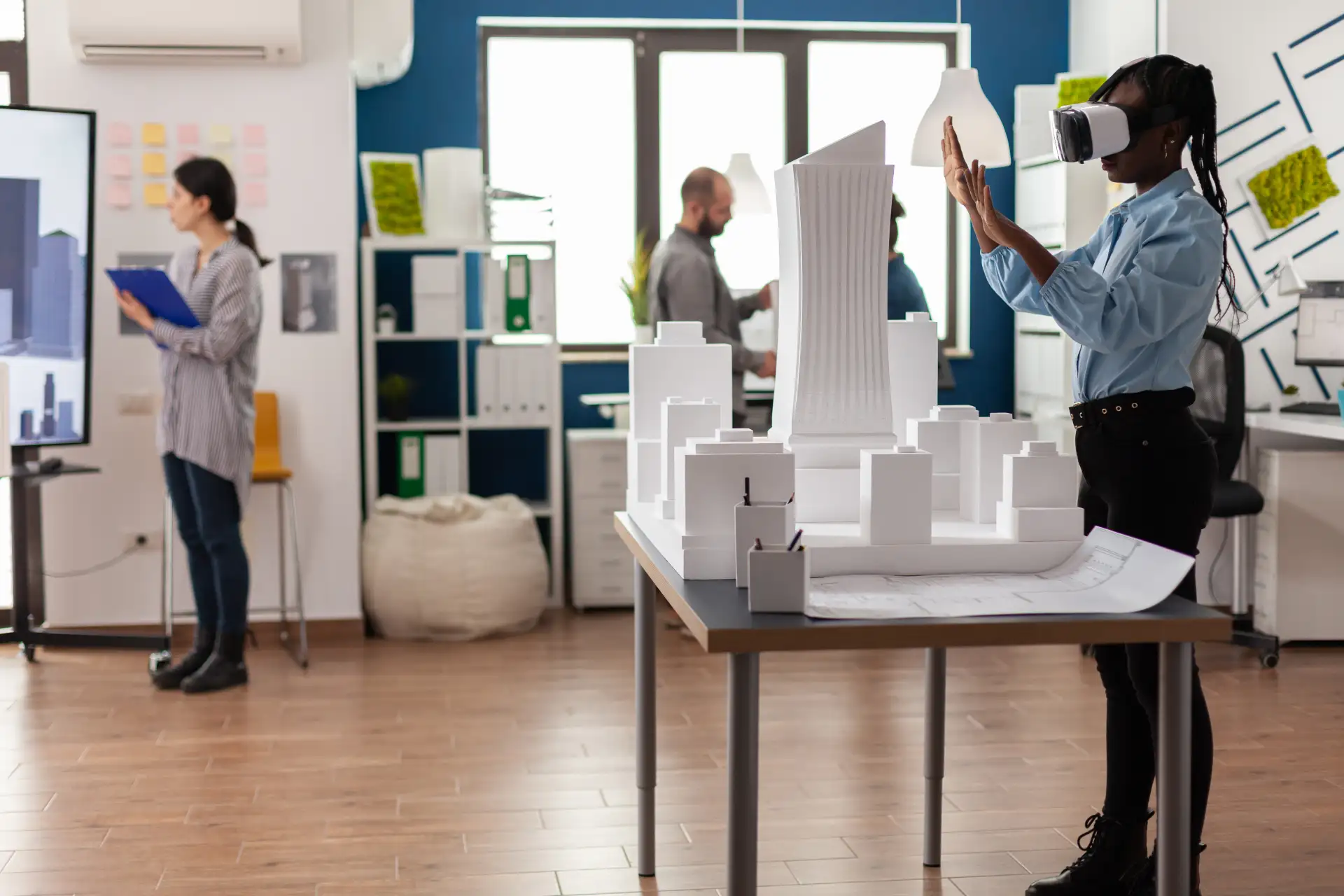
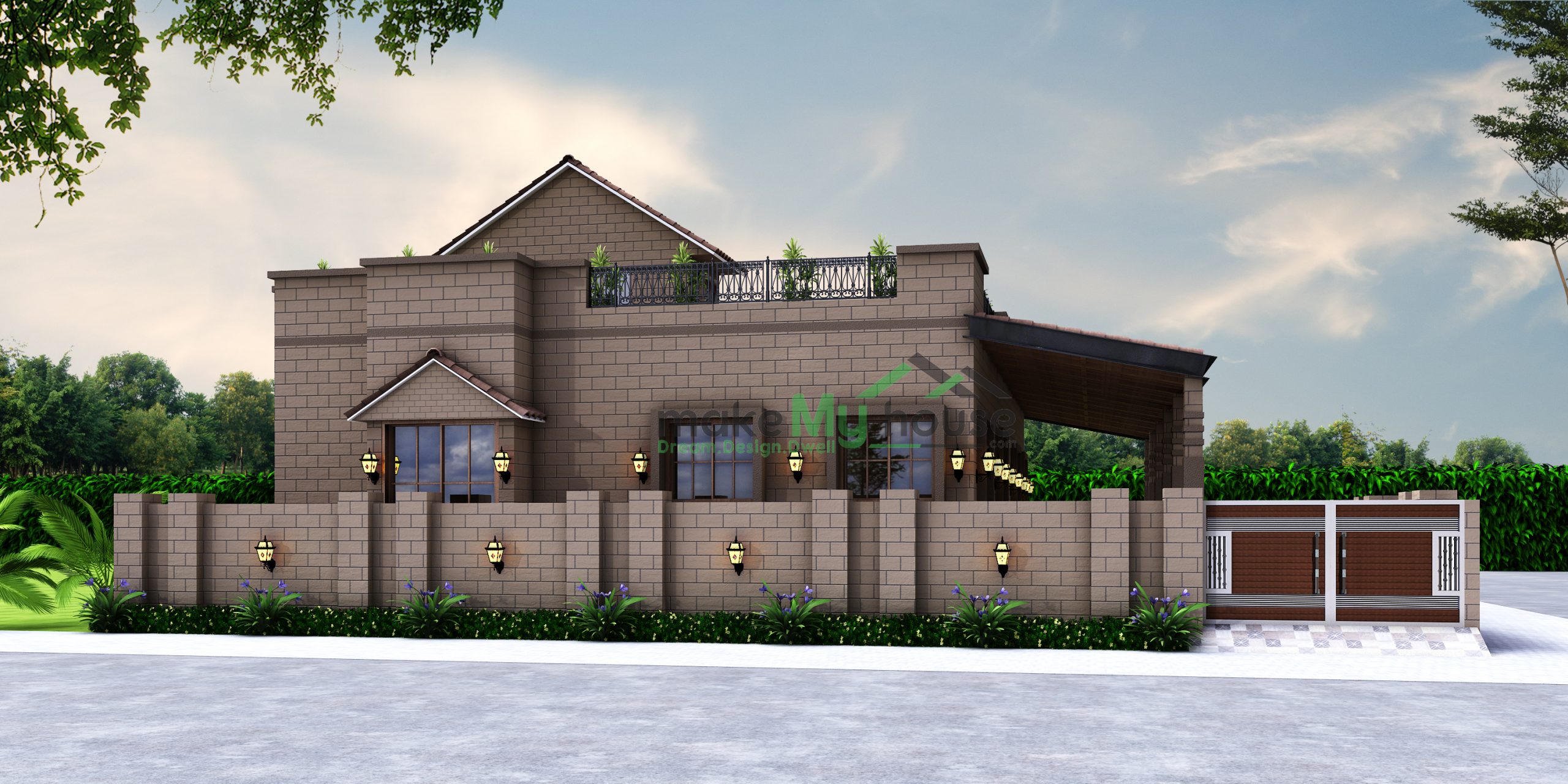
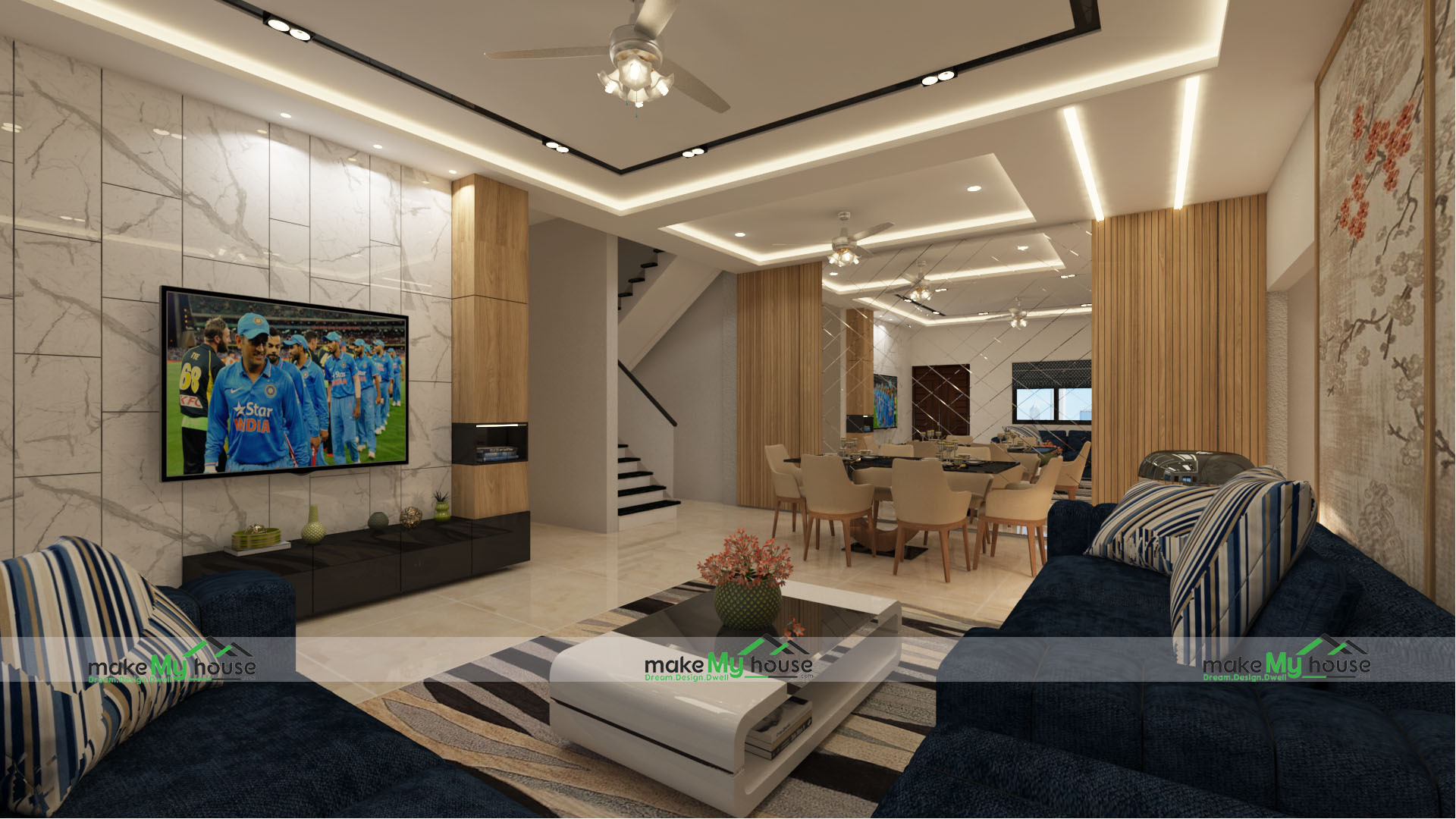

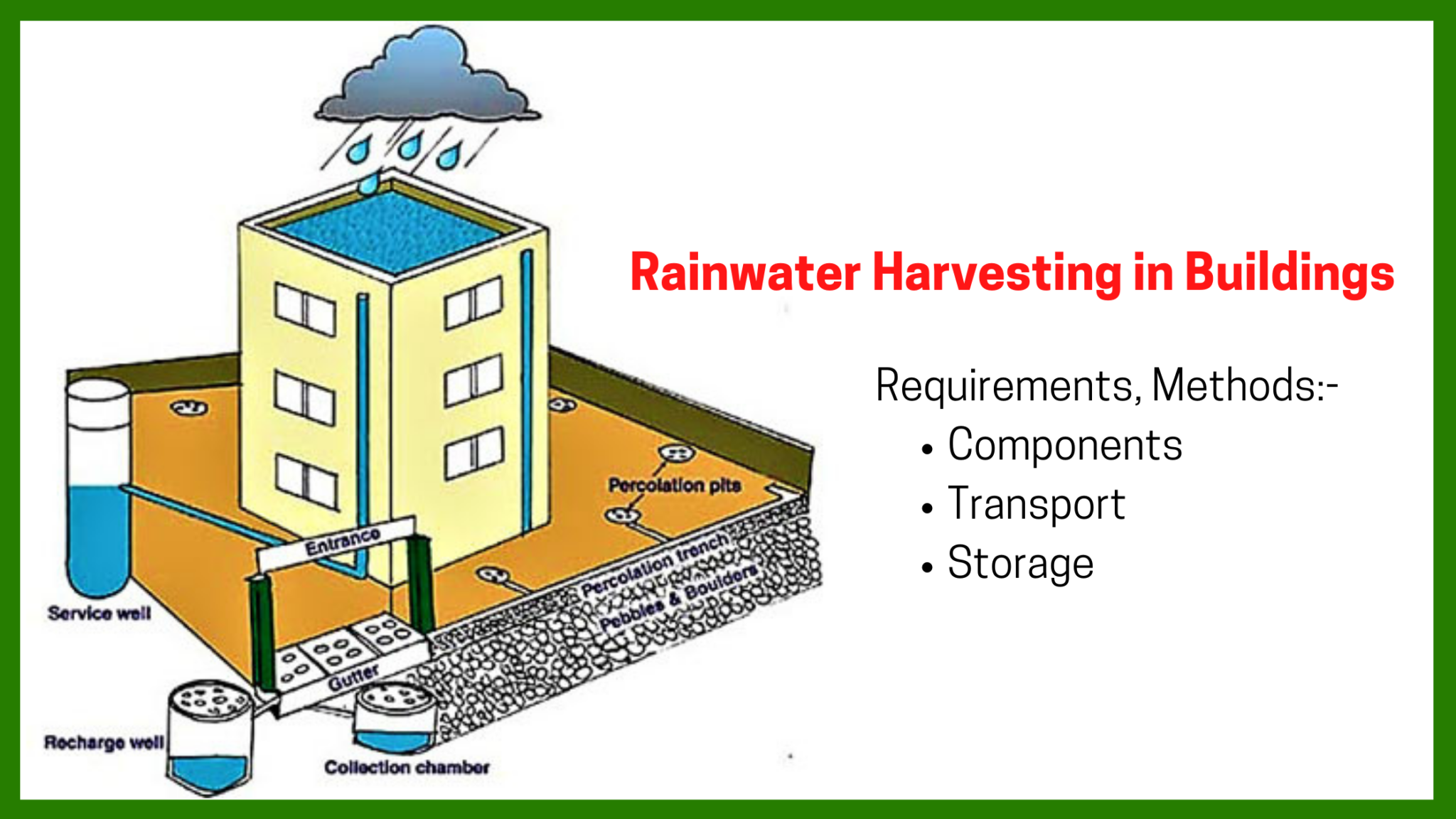
I enjoy what you guys are usually up too. This sort of clever work and reporting!
Keep up the fantastic works guys I’ve included you guys to my blogroll.
Fantastic goods from you, man. I have understand your stuff previous
to and you are just too fantastic. I actually like what you have acquired here, certainly like what you’re saying and the way in which
you say it. You make it enjoyable and you still take care of to keep it wise.
I can’t wait to read far more from you. This
is really a wonderful web site.
I constantly spent my half an hour to read this website’s articles all the time along with a cup of
coffee.
Thanks , I have just been looking for information approximately this topic for ages and
yours is the greatest I’ve came upon so far.
But, what in regards to the bottom line? Are you sure about the
source?